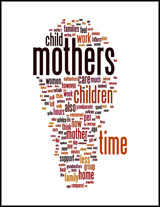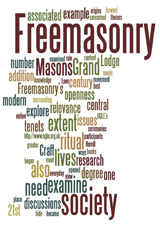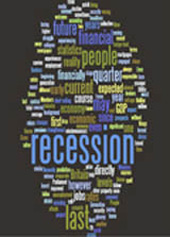The changing face of motherhood
Throughout our evolution motherhood has been positioned within supportive social frameworks — allowing mothers to develop the essential primary bonds with their infants and children, but also allowing them to be additionally productive members of the groups in which they lived. By the late Stone Age, when most of the evolutionary forces that have shaped our ways of living and even the manner in which the circuits of our brains are ‘wired’ had occurred, the role of women, including mothers, as gatherers of food was crucial to survival. The sharing of at least some of the childcare responsibilities was what allowed this adaptive arrangement to flourish.
So, what, if anything, has changed over the 30,000 years of so since the Upper Palaeolithic days of our hunter-gatherer Stone Age communities? Can mothers in the 21st century, with all the advanced technology and communication systems and the modern conveniences that we now take for granted, now dispense with alloparents (or their equivalent) and happily raise their children single-handedly (or with just one male partner) within the much diminished ‘nuclear’ family size? Or do mothers have the same ‘primeval’ needs for support in their role as the primary guarantors of the future of the human species that they have always had?
It is, of course, impossible to trace the changing face of motherhood and the complex social networks in which mothers have found themselves over this vast expanse of time. The evidence from archaeology and anthropology may give us some clues, but without first-hand accounts from mothers themselves, and from those in their families and social networks, we can only make guesses as to what motherhood really looked like.
We can, however, plot the changing face of motherhood in more recent times and examine more precisely what has changed, on the surface at least, and predict where motherhood might be going in the future. From the 1960s we have witnessed an explosion in the collection of statistical data that have focused on population compositions, family sizes, working mothers, etc. From the 1970s we have also had the benefit of more fine-grained surveys that have asked questions specifically related to the roles of mothers and their relationship with families and the wider community. On the basis of these forms of evidence we have sought to answer some specific questions about the changing face of motherhood and determine the extent to which modern ‘solutions’ to motherhood are more or less beneficial than the solutions of the past.
Click here to download the report in pdf format.
The Changing Face of Motherhood research was commissioned by Procter & Gamble (P&G)






